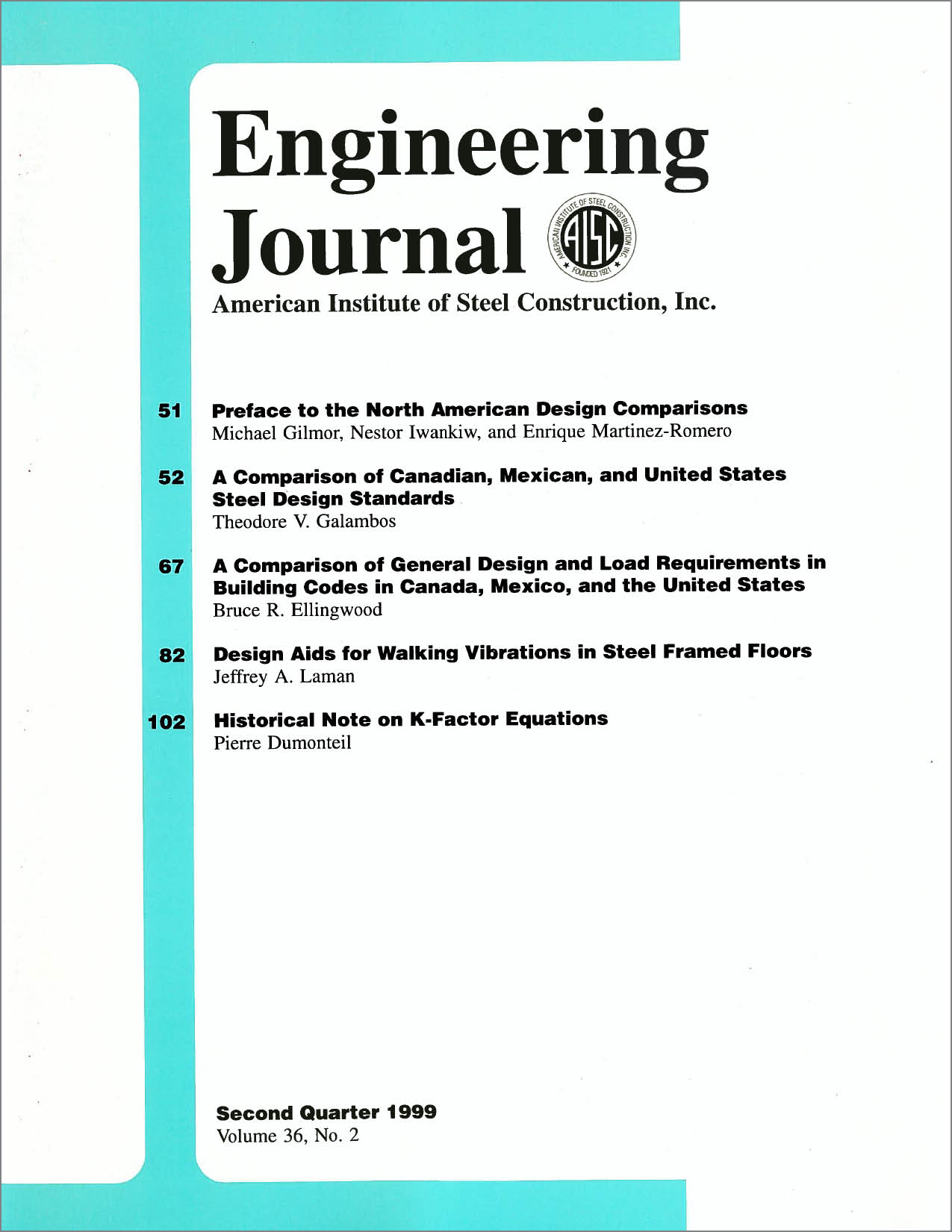A Comparison of General Design and Load Requirements in Building Codes in Canada, Mexico, and the United States
DOI:
https://doi.org/10.62913/engj.v36i2.719Abstract
Safety and serviceability requirements for limit states design (LSD) have been implemented in codes of structural engineering practice in North America during the past 25 years. The load and resistance criteria in LSD take into account inherent variability in strengths, loads and uncertainties due to approximations and lack of information. The framework of structural reliability theory facilitates the treatment and analysis of uncertainties, and yields criteria that are consistent with a performance objective expressed in terms of reliability. Despite the consistency provided by this conceptual framework, the implementation of LSD in structural engineering practice in Canada, Mexico and the United States has taken somewhat different routes. With recent political developments in North America, the time is opportune to initiate work to remove these differences and to achieve consistency, both in concept and application, of LSD structural codes.

